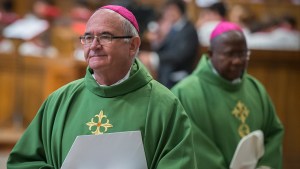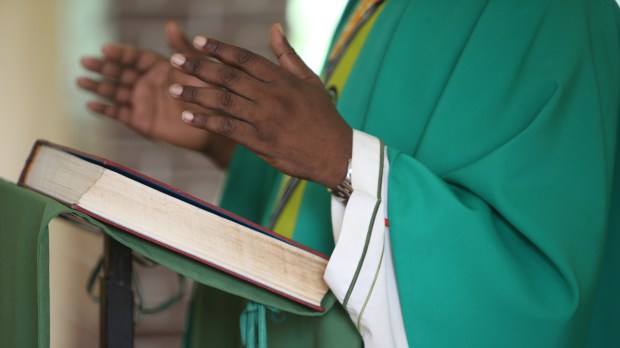In the liturgical calendar, most seasons make sense, such as Lent, Easter, Advent and Christmas. All of these seasons revolve around a particular feast and reflect specific spiritual themes.
For Ordinary Time, there is no particular feast and it stands out as a more generic time of the year.
This is further reinforced by the current name of the season, though over the centuries it has taken different names.
1Time after Epiphany
While the Roman Catholic Church currently has Ordinary Time after the feast of the Epiphany, originally it was simply called “Time after Epiphany” or “Epiphanytide.”
This marked a special season that was celebrated after January 6, until the celebration of Lent.
2Time after pentecost
Similarly, the period of time after the celebration of Pentecost was a separate season and lasted all the way until Advent.
This continued the theme of the Holy Spirit, as does the current season of Ordinary Time.
Interestingly, Orthodox Christians and many Eastern Catholics use the color green for Pentecost. This is done to emphasize the new creation that the breath of the Holy Spirit brings and the newness of life in the Spirit.
Roman Catholics continue to use green during this time of the year, though not directly on the feast of Pentecost.
3Tempus per annum
In 1969, when the liturgical calendar was revised, the Latin name for this season was “Tempus per Annum” or in English, “Time during the Year.”
The name lends itself to a more generic interpretation, focusing on the events in the life of Jesus Christ’s ministry.
4Ordinary Time
The English translators chose to present it as Ordinary Time, which has at its root the Latin word ordo, or in English, “order.” In one sense this season takes its name from the ordinal numbers by which the Sundays are known (Second, Third, Fourth, etc. Sunday in Ordinary Time).
The USCCB adds to the explanation behind this new name.
Christmas Time and Easter Time highlight the central mysteries of the Paschal Mystery, namely, the incarnation, death on the cross, resurrection, and ascension of Jesus Christ, and the descent of the Holy Spirit at Pentecost.
The Sundays and weeks of Ordinary Time, on the other hand, take us through the life of Christ. This is the time of conversion. This is living the life of Christ. Ordinary Time is a time for growth and maturation, a time in which the mystery of Christ is called to penetrate ever more deeply into history until all things are finally caught up in Christ. The goal, toward which all of history is directed, is represented by the final Sunday in Ordinary Time, the Solemnity of Our Lord Jesus Christ, King of the Universe.


